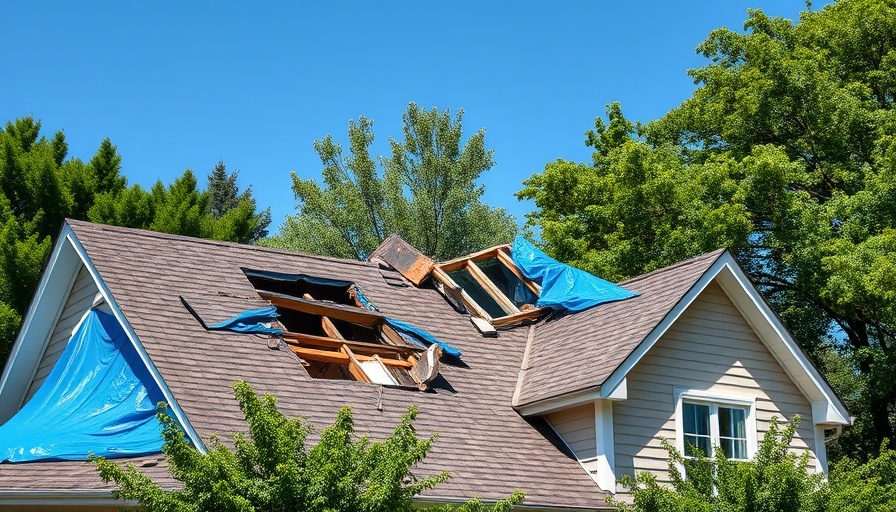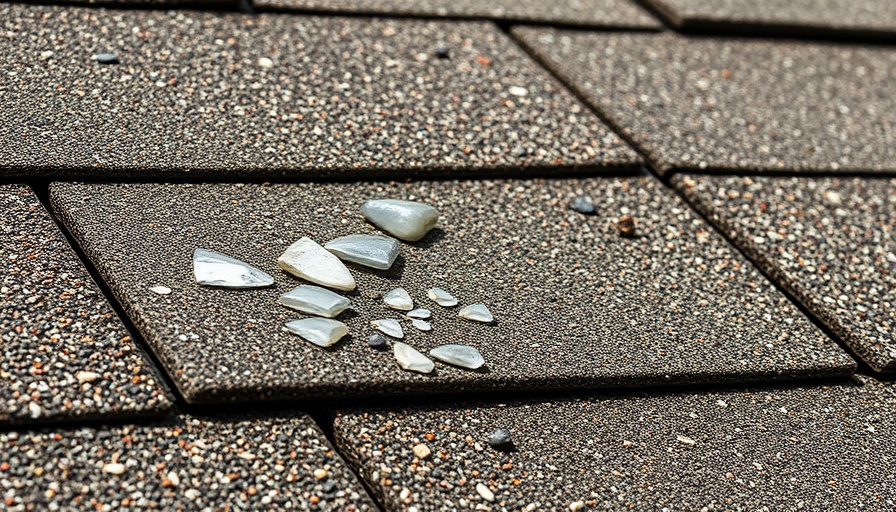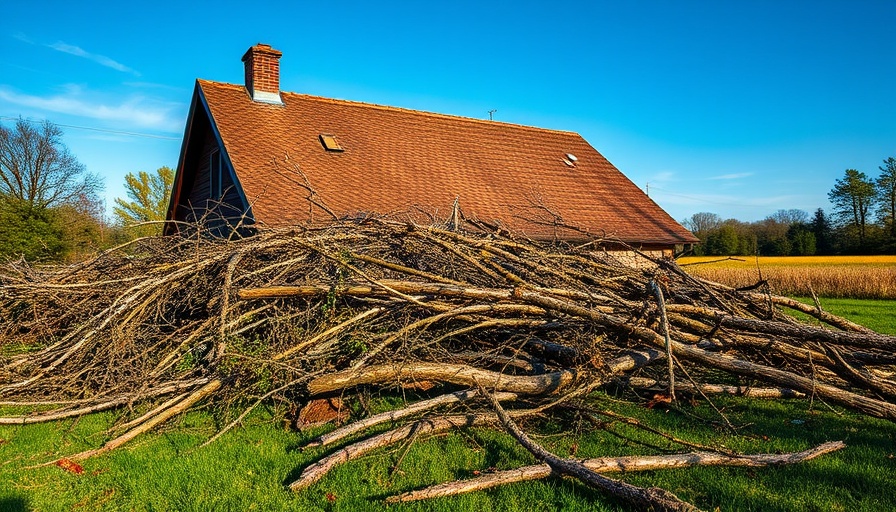
Why Homeowners Must Stay Vigilant: Protecting Yourself from Storm Chasers
After a storm leaves devastation in its wake, and as you assess the damage to your home, the temptation to hire the first contractor that knocks on your door can be overwhelming. Often, these are not trustworthy builders but rather 'storm chasers,' who exploit homeowners' urgent needs for quick repairs. Understanding the red flags and taking a proactive stance can protect both your home and your finances.
What Exactly Is a Storm Chaser?
Storm chasers are contractors who travel to areas hit by severe weather, offering their services to homeowners needing repairs. While these contractors may sound like a blessing after a storm, they often demand cash upfront for subpar repairs, leaving consumers vulnerable. They may present themselves as intermediaries with your insurance company, which can create a significant risk: signing contracts too quickly can lead to relinquishing control over your insurance payouts, making them payable to the storm chaser rather than you.
10 Warning Signs of a Storm Chaser Contractor Scam
- They approach you door-to-door immediately following a storm.
- They promise ways to avoid paying your insurance deductible (considered insurance fraud).
- The contracts are vague, lacking seriousness about costs and terms.
- They provide no proof of licenses or insurance.
- Expect you to secure the necessary building permits.
- They drive unmarked vehicles or are barely branded.
- References from previous local projects are unavailable.
- Offers are suspiciously low compared to averages.
- They use a PO box instead of a physical address.
- They possess out-of-state licenses and vehicle tags.
The Economic Impact of Contractor Scams
Engaging storm chasers doesn't just affect your home; it also poses a significant challenge to the local economy. The low prices offered by these contractors can undermine the established contractors in your area who adhere to legal and ethical standards. If storm chasers continue to thrive, legitimate businesses may struggle to maintain a presence, ultimately restricting your options when seeking future home repairs.
Legal and Safety Risks Involved
One of the biggest risks of hiring storm chasers is inadequacy in insurance policies. Many do not carry proper coverage, meaning homeowners can be left liable for injuries sustained on the job. This scenario leaves homeowners exposed; if an accident occurs, the medical expenses could fall on you. Furthermore, if a storm chaser performs substandard work that doesn't meet required building codes or is poorly executed, warranties on materials used may become void, leaving a further risk of financial loss.
Choosing Reliable Contractors: The Key to Quality Repairs
Given the stakes, how can you ensure you're working with a reputable contractor? Start by looking for local businesses with established track records. Verify their license and insurance directly through state registries or trustworthy local resources. You can also ask for local references who can vouch for their quality of work. Taking the time to do your research may initially seem tedious, but it will pay off in the long run by protecting your home and investment.
Tools and Resources for Home Repair
After becoming educated about storm chasers, you might be wondering how to streamline your search for a good contractor. Consider utilizing online platforms that vet contractors and present verified reviews. Websites such as HomeAdvisor and Angie’s List can provide comparative pricing and customer feedback that can help guide your decision without the pressure that comes with door-to-door solicitations.
Final Thoughts: Empower Yourself to Make Informed Choices
In the aftermath of severe weather, take the time to educate yourself about the risks associated with hiring just any contractor. Knowing the signs of a storm chaser and the risks involved can empower you to make informed choices. As a homeowner, your vigilance not only protects your property but also supports local businesses committed to quality work. If you're in need of services like window replacement in Charlotte or renovation upgrades in Raleigh, using reliable local resources ensures you receive the best care and quality in your repairs.
Now that you're equipped with this knowledge, take action! Research local contractors, read reviews, and when possible, pursue personal recommendations to protect your home effectively.
 Add Row
Add Row  Add
Add 




Write A Comment